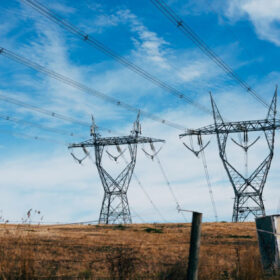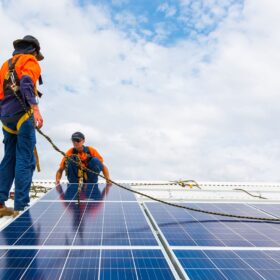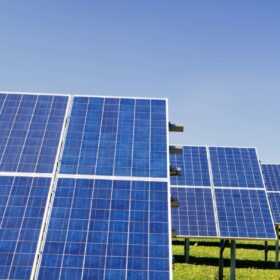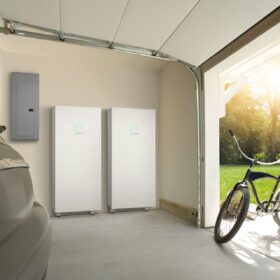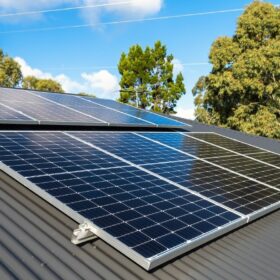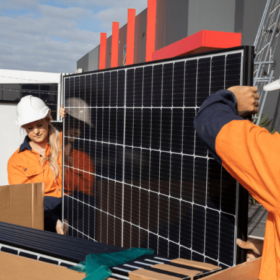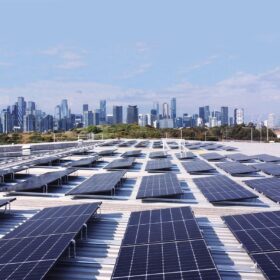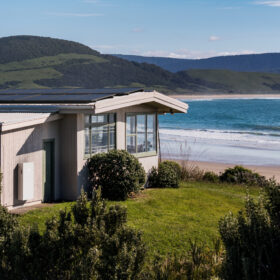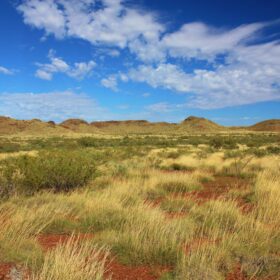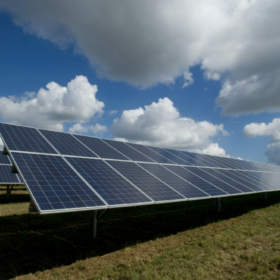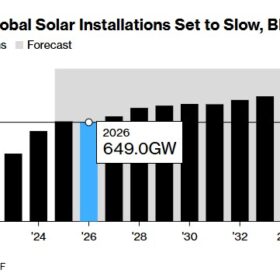Central-West Orana renewables zone transmission operator’s licence granted
Australia’s first renewable energy zone , the Central-West Orana, 340 kilometres northwest of Sydney, is closer to delivering electricity to the grid following the granting of a New South Wales transmission system operator’s licence to the ACEREZ Partnership.
Rooftop solar surges ahead with 1.3 GW installed in H1 2024
Australian households and small businesses continue to spearhead the nation’s renewable energy transition with a new report revealing that 1.3 GW of rooftop solar was installed during the first half of 2024.
IEA calls for stronger solar, wind integration measures
The International Energy Agency’s latest report warns that failing to support integration at the point of deployment could jeopardise up to 15% of solar and wind projects by 2030. This shortfall would reduce their combined share of the global electricity mix by 5%.
Most home battery storage systems meet warranty claims, new research finds
It took eight years of field measurements for researchers at the RWTH Aachen University in Germany to estimate the usable capacity of home battery energy storage systems and develop a dataset covering 106 system years and 14 billion datapoints. Their key finding was that home battery systems lose about two to three percentage points of usable capacity per year on average, meaning good news for the industry as most warranties in the market can be met with the implementation of capacity reserves.
Generac presents new residential batteries
The United States-based storage system provider said its new batteries are configurable in 3 kWh modular increments up to four cabinets per site. Their roundtrip efficiency ranges from 88% to 91%.
Northern Territory’s renewable energy target efforts lag behind rest of country
Think-tank Climate Council of Australia has found of all the state’s and territories, the Northern Territory has the most work to do to achieve its renewable energy target of 50% by 2030.
Victorian community-born solar farm and battery storage project powers up
The Newstead Community Energy Project located 140 kilometres northwest of Melbourne has been switched on after a locally driven, 16-year effort successfully delivers the option of clean energy to its 700 residents.
Victoria’s future energy plan includes 7.6 GW additional solar by 2035
In the next decade, the Victorian government’s four pillar energy plan will seek to add a minimum of 6.3 GW of rooftop solar, 1.2 GW of large distributed solar up to 30 MW, and 3 GW of utility solar.
VEPC pushes for new policy to support C&I rooftop solar sector
The Victoria Energy Policy Centre has issued a call for new policy to drive the deployment of large-scale rooftop solar backed by batteries on Australia’s commercial and industrial properties not just for self-consumption but also so power can be exported to the grid at times of peak demand.
Tesla launches Powerwall 3 in Australia and NZ
Nearly a decade after the first iteration of its Powerwall home battery system was released, electric car and battery manufacturer Tesla has officially launched the Powerwall 3 in Australia and New Zealand with the first deliveries expected next month.
